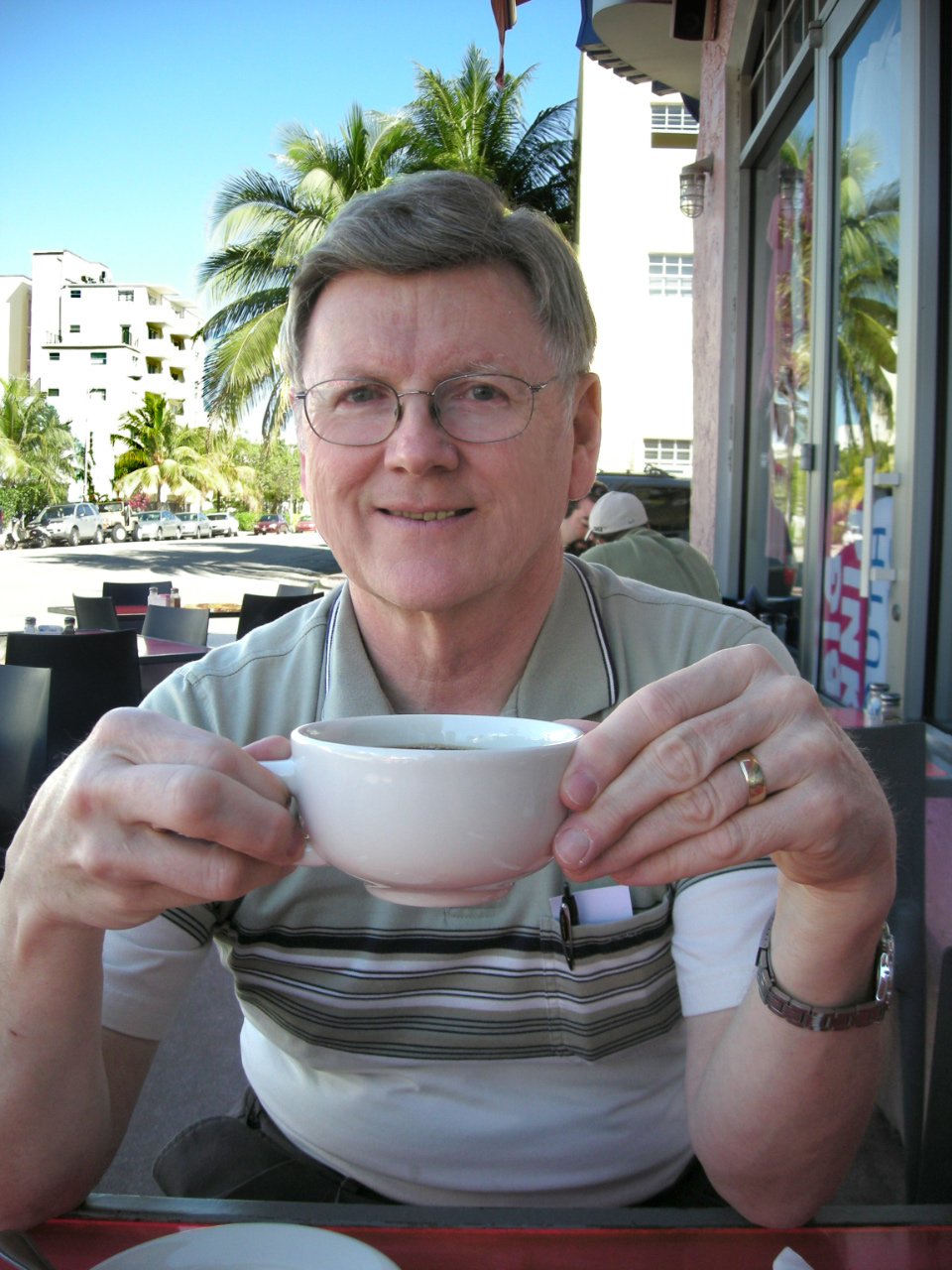The price of anything in Egypt is flexible. If he says "two hundred," I'll say "twenty," almost automatically. Next, we negotiate. We might settle on one hundred. If I really didn't want it, and I am responding "twenty one," then "twenty two," I am sometimes surprised to hear, "OK, thirty." I know, I shouldn't have started negotiating in the first place. But it's so much fun!
When we visited the Dashour pyramids a few weeks ago, we were hungry on the way home along the Sakkara road. We suggested to our driving friend that he stop someplace nice for lunch. We spotted a place on the other side of the canal and had him swing over. It had a pretty entrance with lots of plants and landscaping.

Upon closer inspection, we could see that maintenance had been a bit neglected.


But there was a busload of European tourists there and a couple of cars
with small parties so, why not give it a try? We were going to sit
outside in the garden anyway. There was no menu, but the standard fare sounded fine. The usual salads, pickles, kofta, rice and vegetables etc.
The meal was good.


The musician only played as people passed by him.

When I asked for the bill, it came to 240 pounds. About $36. That's pretty high. We had dined in a fancy restaurant in the Khan the previous evening for a bit less per person. OK, no menu, no prices, my bad.
As we left and drove the wrong way on the street through heavy traffic for a few hundred yards, our friend said, "how much did it cost?" I said, "two fourty." He handed me a wad of bills and said "count it." "One twenty," I announced.
Our friend explained. "The man said 50-50" and gave me this as we left. "I tried to tell him at the start that these weren't tourists, but he did it anyway."
We asked around later and determined that a 50-50 split is not unusual for a guide at a tourist restaurant. Some tour operators now insist on a 65% cut at souvenir shops. It's a tour operator's market. Merchants will adjust their prices accordingly. A lone amateur guide such as you might pick up at the Khan will usually get 15-25% on carpet, boxes, alabaster and the like. Everybody gets something for bringing business to a shop. It's how business is done here. The same applies to government transactions made in a timely fashion, by the way.
I thought of this when reading
this old news article today. It notes that "Egypt is ranked 145th in the world for the efficiency of its tax system." Another
more recent article says:
Last December, Morsi announced a raft of changes in Egypt's tax system
that included sales-tax increases on several consumer goods and the
modification of income tax brackets. The decision, however, was quickly
postponed in order to leave time to conduct a 'social dialogue'
initiative on the new measures before their implementation
Do you suppose that "social dialogue" is going to address all the cash-off-the-top transactions that take place? And that 145th place finish in tax efficiency is only on the official numbers after all the "commissions."






